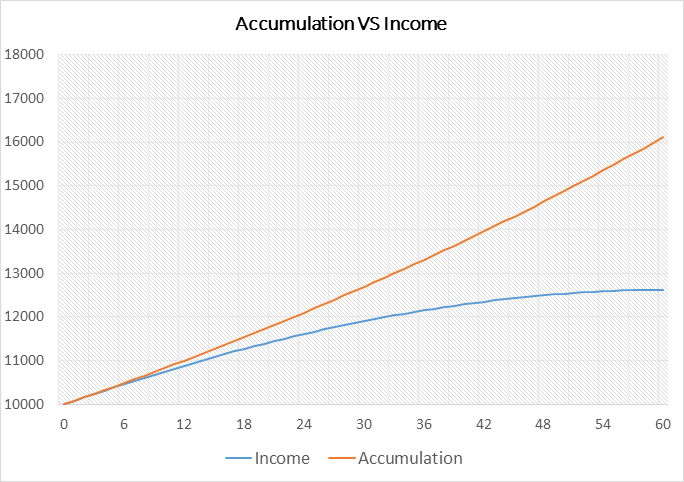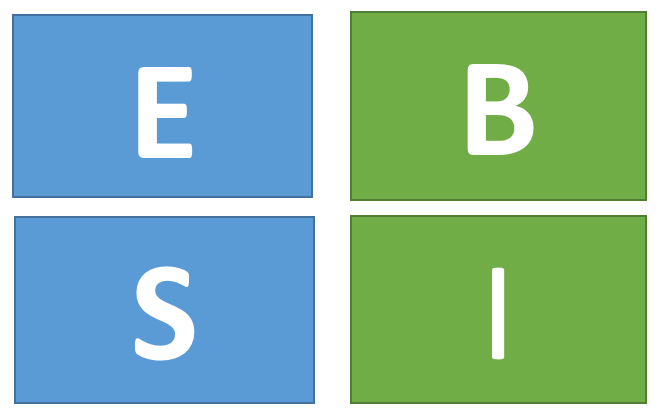Mintos has reached profitability in 2017 – Projections for 2018
After three years since the launch, Mintos has turned an annual profit for the first time. In 2017, Mintos revenue increased more than four-fold to over EUR 2.1 million and net profit was EUR 196 000.
During 2017, Mintos experienced significant growth, making it the peer-to-peer lending market leader for continental Europe with a 38% market share according to AltFi Data. Since their establishment, Mintos have exceeded EUR 660 million in cumulative investments by investors and they expect the amount of loans funded to reach EUR 1 billion by the end of the year.
“Last year was a strong year for us and we established ourselves as a leading player internationally. We are very pleased to see that our business model is working and that we have reached profitability in only three years after launch, which these days isn’t that typical for startups,” says CEO and Co-founder of Mintos, Martins Sulte.
In 2017, Mintos made considerable investments in technology, people and the marketplace, making their service even more convenient for investors on Mintos. Last year they launched a currency exchange featuring transparent exchange rates and fair fees, which allows investors to exchange money at a lower cost than through banks. As a result of this investment in growth, the number of investors on Mintos also grew rapidly. As of May 2018, 58 000 investors had joined the marketplace and we expect to reach 100 000 investors by the end of the year.
Currently, Mintos has three offices employing 50 people in Riga, Warsaw and Mexico City, with offices shortly opening in Brazil, Russia and South East Asia. By the end of the year, they plan to double the number of their employees.
“… for us at the moment growth is more important than becoming a profitable business. With the proven success of our business model, we will continue to invest in technology and product and double our headcount by the end of the year. That will allow us to double down on our mission to enable the free and efficient movement of capital around the world with the help of technology,” says CEO and Co-founder of Mintos, Martins Sulte.
Mintos strategy is growth at an ambitious, but steady pace – thus ensuring their sustainable development. According to projections in 2018, the marketplace turnover will increase by 2 to 3 times. In 2018, they will focus on growing both sides of the marketplace by increasing investor demand, as well as loan supply from current and new locations by expanding the investment opportunities on the marketplace in Africa, Latin America, and Southeast Asia.





